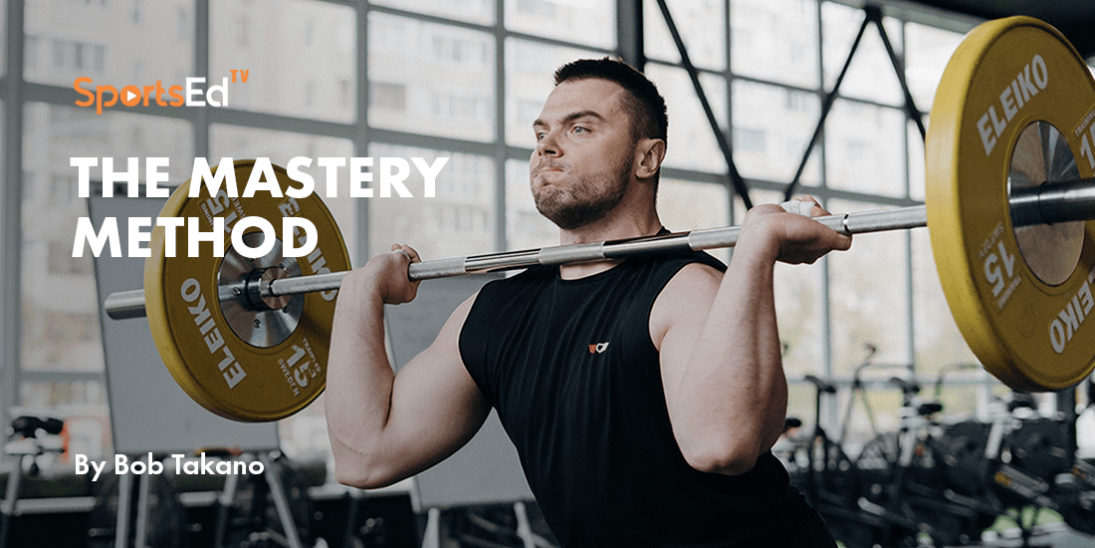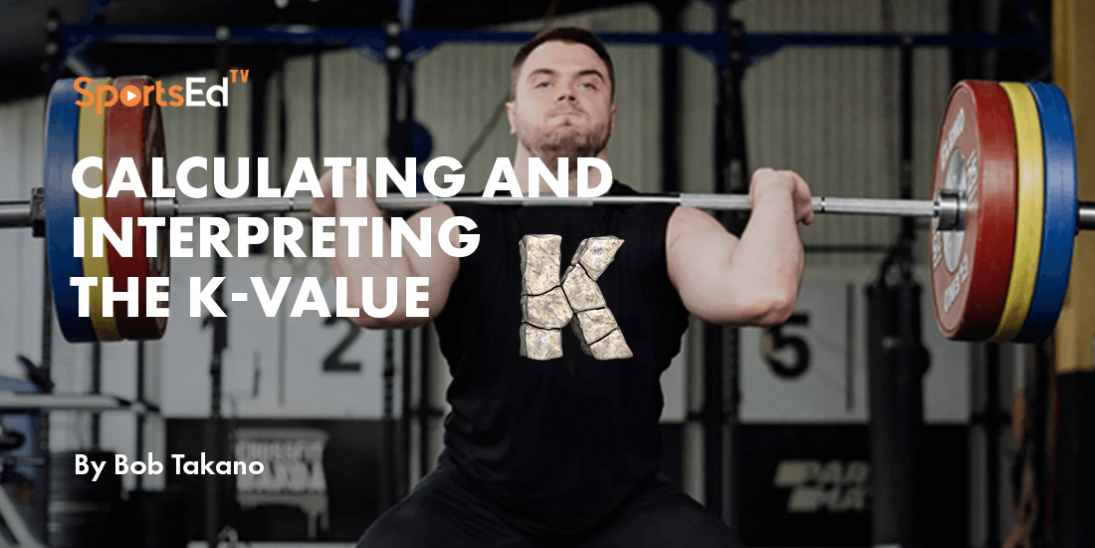Summer Olympics, Weightlifting
Welcome and thanks for visiting...

WEIGHTLIFTING IN THE SUMMER OLYMPICS: The Artful Display of Power
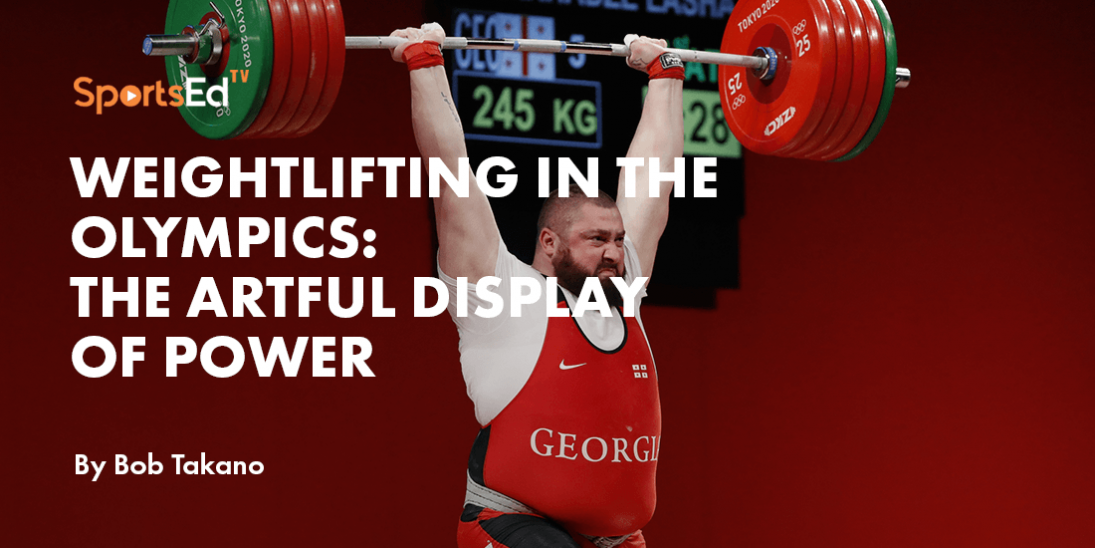
Every four years, the world unites in celebration of human athleticism, determination and excellence at the Summer Games of the Olympiad.
Among the myriad of sports showcased, weightlifting holds a special place for its captivating blend of strength, technique, and history. Here is an offering of the rich tapestry of weightlifting in the Summer Olympics, exploring its storied past, critical rules, competition formats, and qualification criteria, as well as highlighting some of the sport’s legendary champions.
THE HISTORY OF WEIGHTLIFTING IN THE OLYMPICS
Weightlifting has been a part of the Olympic program since the modern Games originated in 1896. Initially, there were only two events: the one-hand lift and the two-hand lift. There was men’s competition only without weight classes, and the plate-loading barbell had yet to be invented.
Weightlifting competitions would not become standardized until the formation of the International Weightlifting Federation in 1905 in Vienna, Austria. This international governing body set out to standardize competition formats and equipment. Although different formats were conducted in the Olympics from 1900 to 1916, the basis for the modern program was initially implemented at the 1920 Games, which featured 5 different bodyweight categories that enabled a larger population to compete and 5 standardized lifts with defining rules. The five lifts were as follows:
- One hand snatch
- One hand clean &; jerk
- Two hands press
- Two hands snatch
- Two hands clean &; jerk
Even though there were five events, each competitor had to compete in all five, and the placings for medals were determined by the total of the heaviest successful lifts in each of the five events.
The one-hand lifts were discontinued after the 1928 Games, and the two-hand press was last contested in 1972.
Women’s weightlifting was added to the Summer Games in 2000, although world championships had been held since 1988. This also saw the introduction of the 15 kg bar, as opposed to the 20 kg bar used by the men.
IMPORTANT RULES OF WEIGHTLIFTING
There are ten bodyweight classes for men and ten bodyweight classes for women. This is to ensure that competition is fair. Weigh-ins take place from two hours before the competition to one hour before the competition. This minimizes the possibility of excess weight cutting, which has resulted in fatal outcomes in other sports that conduct weigh-ins the day before a competition.
Each weight class is expressed in kilograms and is the upper limit of the class except for the final class of each gender.
The men’s bodyweight classes are as follows:
55, 62, 67, 73, 81, 89, 96, 102, 109, 109+
The women’s bodyweight classes are as follows:
45, 49, 55, 59, 64, 71, 76, 81, 87, 87+
Each lifter gets to perform three attempts in the snatch and three attempts in the clean & jerk. Each attempt must be passed by a majority of a three-person officiating panel in order to count toward the two-lift total. The heaviest successful snatch is added to the heaviest successful clean & jerk to achieve a total. The barbell is loaded progressively heavier, and each lifter can determine which weights to select for his or her attempts.
Dress code: Lifters must wear a form-fitting singlet and shoes while competing.
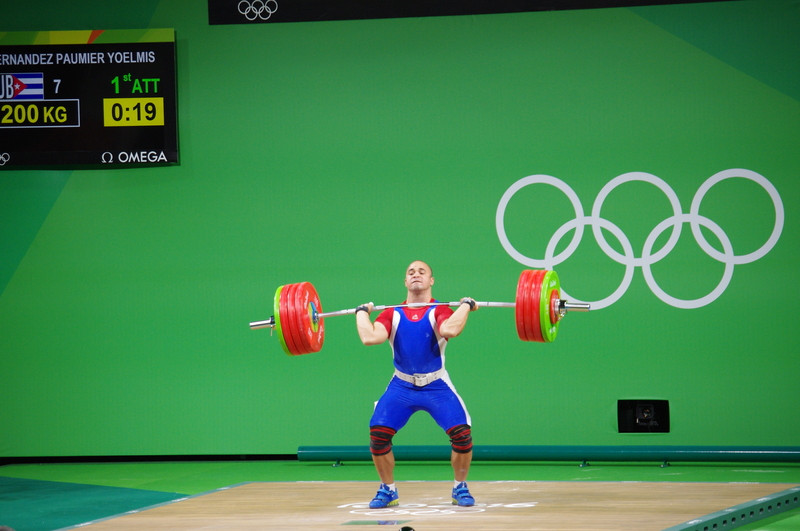
WEIGHTLIFTING COMPETITION FORMAT
All lifters in a session must perform all their snatch attempts before the clean &; jerk.
Lifters are ranked according to the two-lift total comprised of the heaviest successful snatch and heaviest successful clean &; jerk. If two or more lifters achieve the same total, the lifter who achieves the total first is ranked highest. Subsequent placings are determined in the same manner.
Medals are awarded only for individual performances. There are no team competitions in the Olympic Games.
QUALIFYING FOR OLYMPIC GAMES WEIGHTLIFTING
Because of caps being placed on the number of competitors per sport, all 20 bodyweight classes are not contested in the Olympic Games.
For the Paris Olympics, the following weight classes will be contested for a total of 10 gold medals.
Men:
61, 73, 89, 102, 102+
Women:
49, 59, 71, 81, 81+
Qualifying procedures
- All athletes must be born on or before December 31, 2009.
- All athletes must compete in the 2023 World Championships and the 2024 World Cup.
- All athletes must compete in any 3 of the following events:
-
- 2022 World Championships
- 2023 Senior Continental Championships
- 2023 Grand Prix 1
- 2023 Grand Prix 2
- 2024 Senior Continental Championships
The top 10 ranked athletes in each bodyweight class from these events will fill 100 of the 120 slots allotted to weightlifting in the Paris 2024 Olympics. The remaining 20 are quota places reserved for continental representatives, host nation athletes, and university athletes.
National Governing Bodies (NGB) can determine which athletes can attend the compulsory and optional events, but the actual selection is actually determined by the qualification system.
LEGENDARY WEIGHTLIFTERS
A total of 12 athletes have managed to win two Olympic gold medals, a challenging feat as it requires a lifter to be at the very highest level of the sport for 5 years or more. This is especially difficult as the training is so demanding on the body.
The twelve double gold medalists
Extraordinarily, there have been three triple gold medalists.
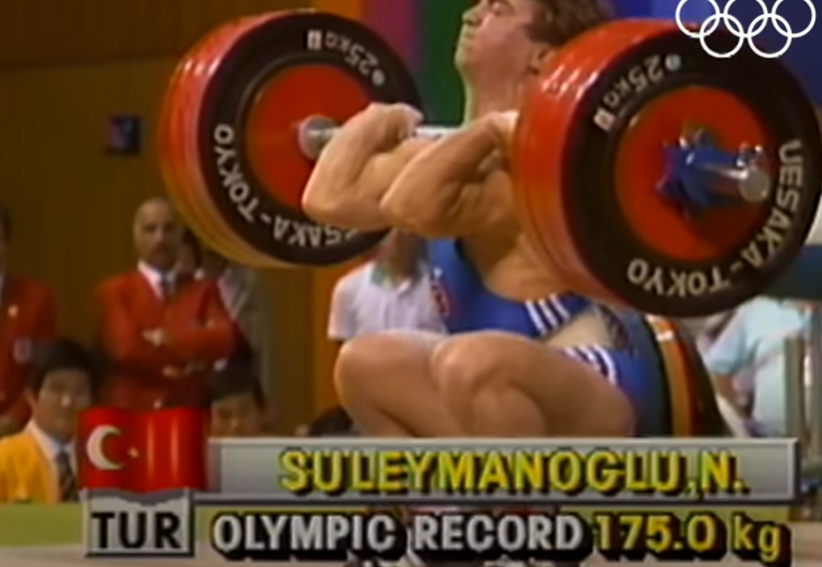
LOOKING AHEAD
Weightlifting’s future as an Olympic event was placed in jeopardy when the IOC threatened to remove it from the Games for the 2028 edition scheduled for Los Angeles. Due to its sketchy history in dealing with the doping issue, a lack of athlete representation at the executive level, and a need for reorganization of the administrative structure, the IOC was prepared to exclude weightlifting along with some other storied sports that were in need of reorganization.
Fortunately, the IWF, under the guidance of President Mohammed Jalood of Iraq, was able to provide sufficient restructuring and cultural change to satisfy the IOC and has recently been reinstated for the competitive program for the Los Angeles Games.
This decision provides the vision for a sport that has expanded greatly in terms of global participation and has improved in terms of performance levels in the past two decades. As the cultural change comes to expand throughout the sport, weightlifting can look forward to greater growth in the coming years.




